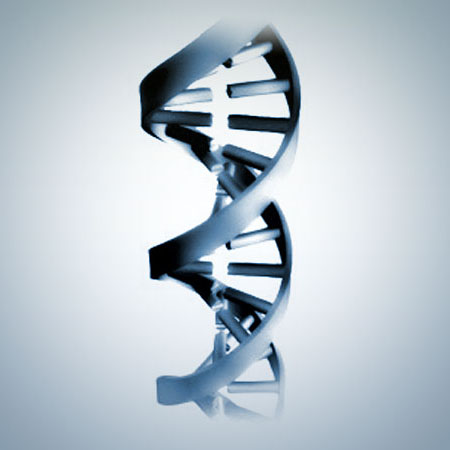BioLaw: Law and the Life Sciences



The Jurisdynamics Network proudly introduces its newest member weblog, BioLaw: Law and the Life Sciences. This blog is dedicated to addressing all areas of law that engage the life sciences, from environmental law to bioethics and behavioral analysis of law and economics.
Law engages the life sciences in a wide variety of contexts, including environmental law, natural resources law, agricultural law, food and drug law, biotechnology, law and neuroscience, behavioral psychology and evolutionary biology, health law, and bioethics. Too often these topics are addressed in isolation rather than together. By embracing all of these areas at once, BioLaw endeavors to restore the proper consilience to the study of law and the life sciences.Although BioLaw has enjoyed a shadowy existence for weeks, accepting cross-posts from other portions of the Jurisdynamics Network, this post represents the official unveiling of this new weblog. In honor of the occasion, I have gathered some thoughts adapted from a 2005 essay, The Midas Touch, in which I pondered the cultural connections — and gaps — between the natural sciences, the literary culture, and the social sciences.
 In his celebrated 1959 lecture, The Two Cultures, C.P. Snow excoriated the conflict between what he called the scientific and literary cultures. Snow aimed his sharpest criticism for “natural Luddites,” the “Western intellectuals who have never tried, wanted, or been able to understand the industrial revolution, much less accept it.” The dominant literary culture’s refusal to embrace science and its industrial applications, said Snow, condemned humanity’s humblest to a wretched, short existence:
In his celebrated 1959 lecture, The Two Cultures, C.P. Snow excoriated the conflict between what he called the scientific and literary cultures. Snow aimed his sharpest criticism for “natural Luddites,” the “Western intellectuals who have never tried, wanted, or been able to understand the industrial revolution, much less accept it.” The dominant literary culture’s refusal to embrace science and its industrial applications, said Snow, condemned humanity’s humblest to a wretched, short existence:Most of our fellow human beings . . . are underfed and die before their time. In the crudest terms, that is the social condition. There is a moral trap which comes through th[is] insight into man’s loneliness: it tempts one to sit back, complacent in one’s unique tragedy, and let the others go without a meal.In a world “where cultural antipathies are very much alive and kicking,” The Two Cultures “still resonates.” Cultural Divides, Forty Years On, 398 Nature 91, 91 (1999). Abiding cultural divides cripple public understanding of a wide range of scientifically sophisticated issues, from global climate change and biodiversity loss to childhood vaccination, embryonic stem cell research, contraception, abortion, and end-of-life decisionmaking.
 Crudely stated, the mission of BioLaw: Law and the Life Sciences is that of bridging the scientific and literary cultures that C.P. Snow found so lamentably divided in 1959. By virtue of our legal training, this weblog’s contributors owe a special duty to ply the intellectual tools unique to what Snow perceived vaguely as “something like a third culture,” a community of social scientists “concerned with how human beings are living or have lived.” Anyone who would live contemporary life in its immense fullness and complexity must master not only the scientific culture’s “basic facts” and “guiding principles of quantitative thought and strict logic,” but also the literary culture’s “canon of works and expressive techniques.” Frank Wilczek, The Third Culture: Is Quantum Physics, Like Science and Literature, in a World of Its Own?, 424 Nature 997, 997 (2003).
Crudely stated, the mission of BioLaw: Law and the Life Sciences is that of bridging the scientific and literary cultures that C.P. Snow found so lamentably divided in 1959. By virtue of our legal training, this weblog’s contributors owe a special duty to ply the intellectual tools unique to what Snow perceived vaguely as “something like a third culture,” a community of social scientists “concerned with how human beings are living or have lived.” Anyone who would live contemporary life in its immense fullness and complexity must master not only the scientific culture’s “basic facts” and “guiding principles of quantitative thought and strict logic,” but also the literary culture’s “canon of works and expressive techniques.” Frank Wilczek, The Third Culture: Is Quantum Physics, Like Science and Literature, in a World of Its Own?, 424 Nature 997, 997 (2003).At their best, social sciences such as law, economics, and positive political theory bridge the scientific and literary cultures, much as Snow himself, as a scientist, novelist, and public administrator, traversed all three of contemporary civilization’s intellectual subcultures. At least within the realm of those areas of law that engage the life sciences, BioLaw will aspire to bridge these three cultures: the scientific culture, the literary culture, and the hybrid culture of the social sciences.









0 Comments:
Post a Comment
<< Home